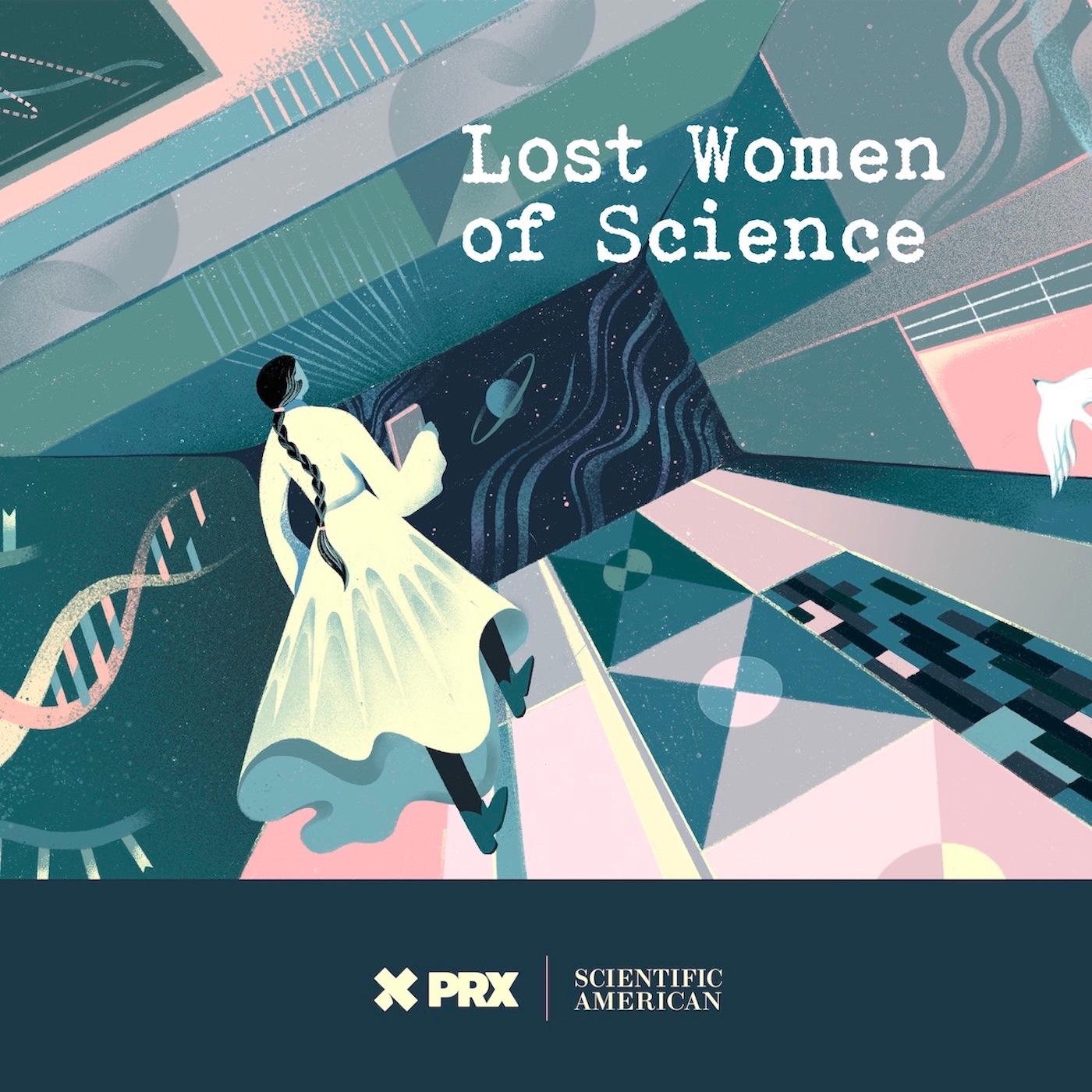
Lost Women of Science
Lost Women of ScienceFor every Marie Curie or Rosalind Franklin whose story has been told, hundreds of female scientists remain unknown to the public at large. In this series, we illuminate the lives and work of a diverse array of groundbreaking scientists who, because of time, place and gender, have gone largely unrecognized. Each season we focus on a different scientist, putting her narrative into context, explaining not just the science but also the social and historical conditions in which she lived and worked. We also bring these stories to the present, painting a full picture of how her work endures.
For every Marie Curie or Rosalind Franklin whose story has been told, hundreds of female scientists remain unknown to the public at large. In this series, we illuminate the lives and work of a diverse array of groundbreaking scientists who, because of time, place and gender, have gone largely unrecognized. Each season we focus on a different scientist, putting her narrative into context, explaining not just the science but also the social and historical conditions in which she lived and worked. We also bring these stories to the present, painting a full picture of how her work endures.









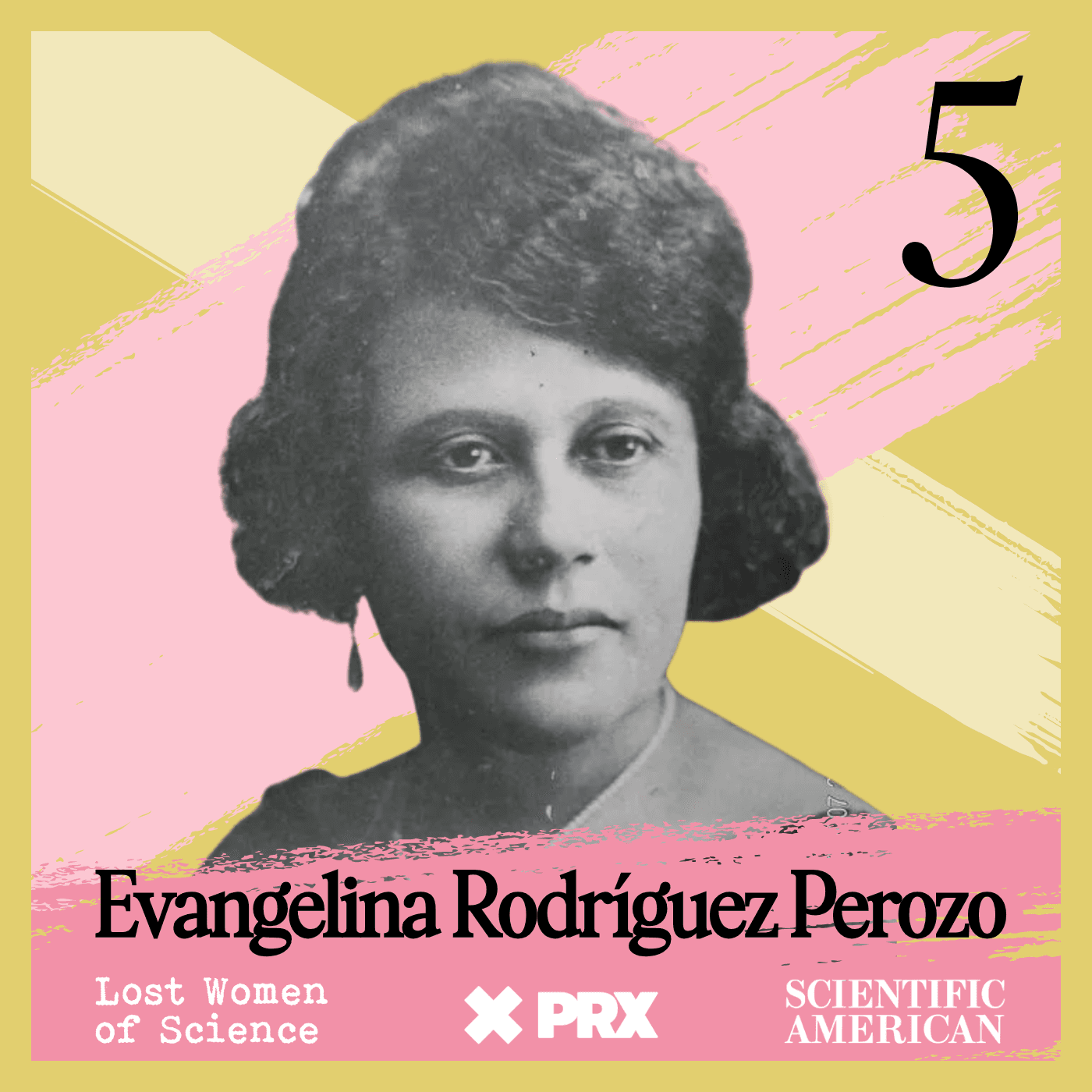













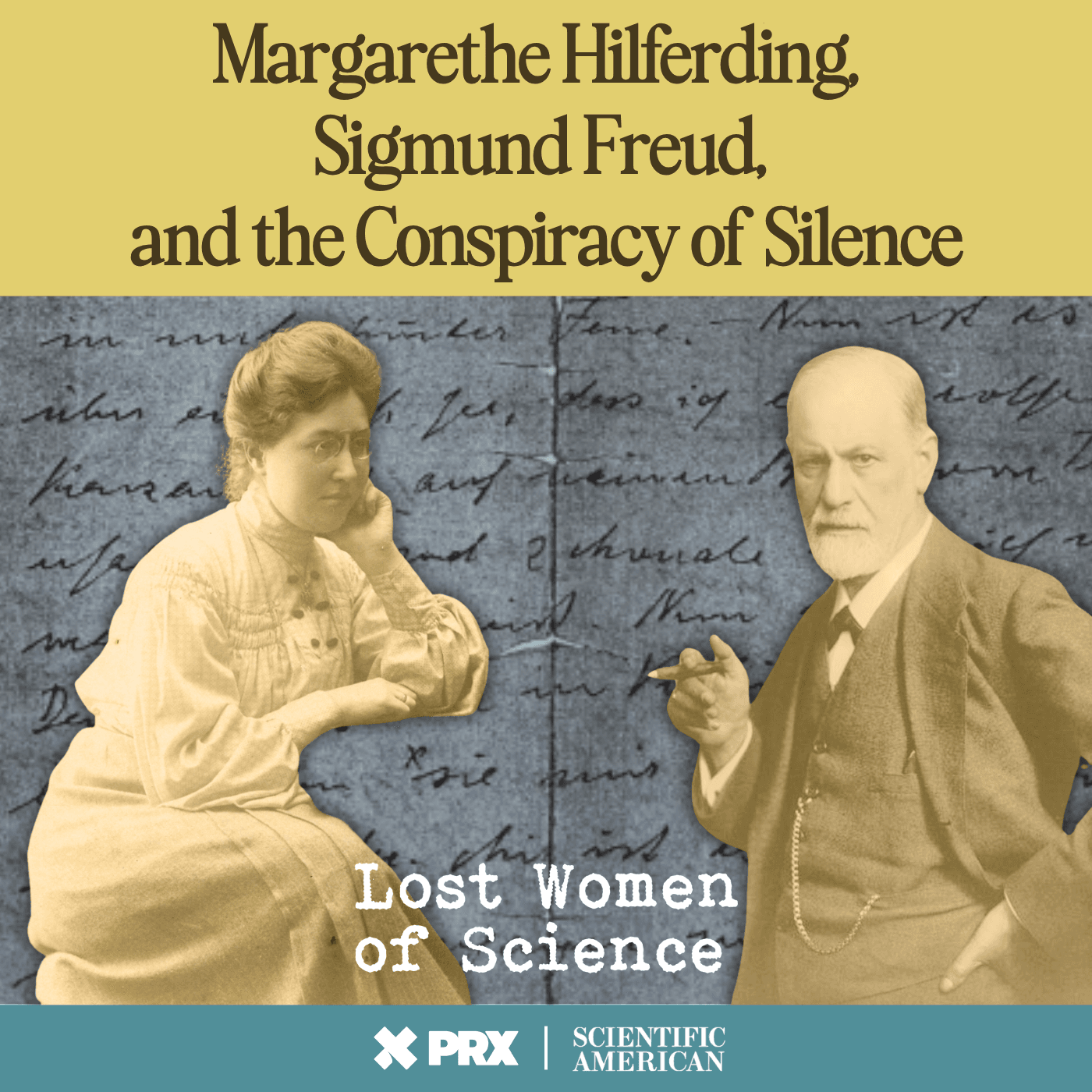





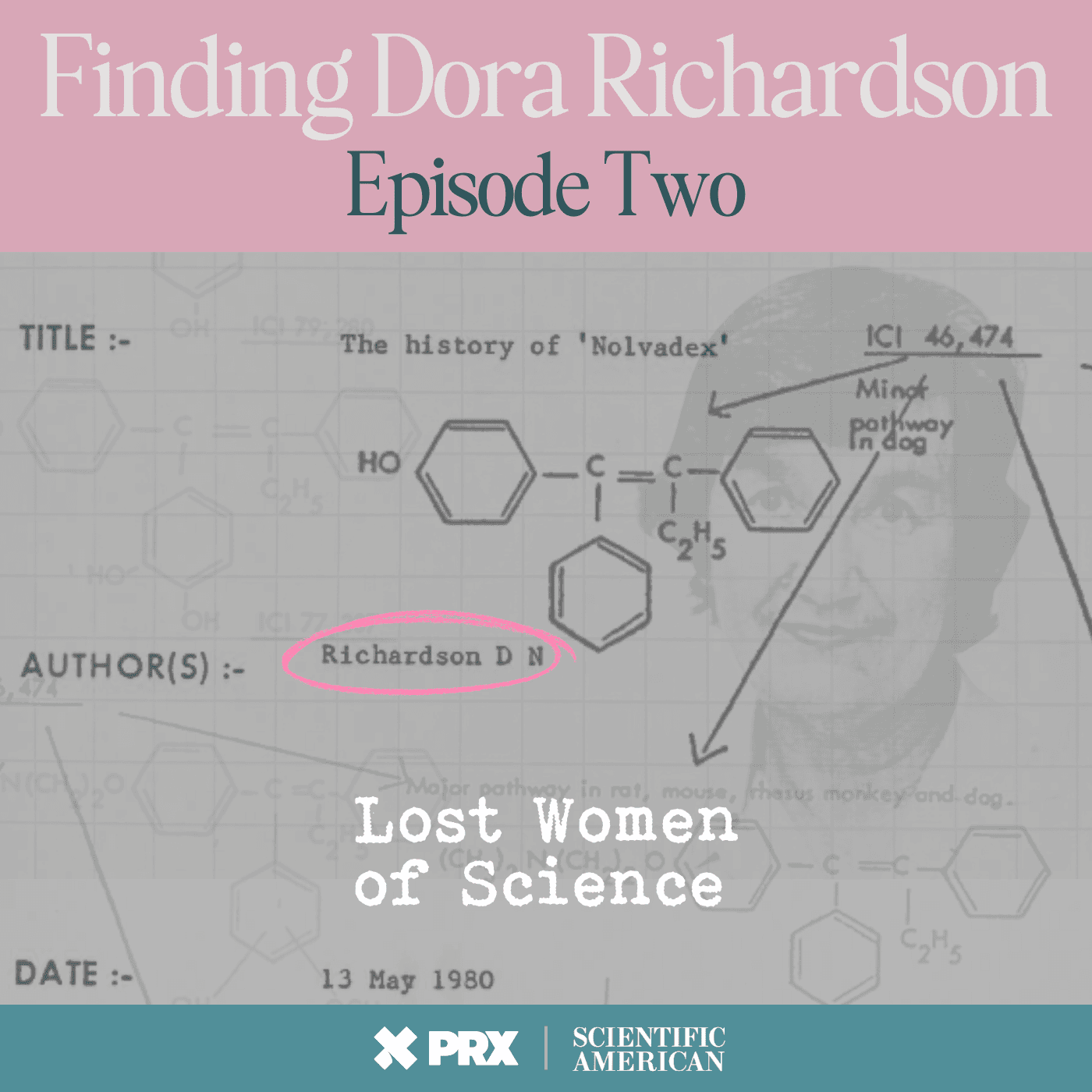
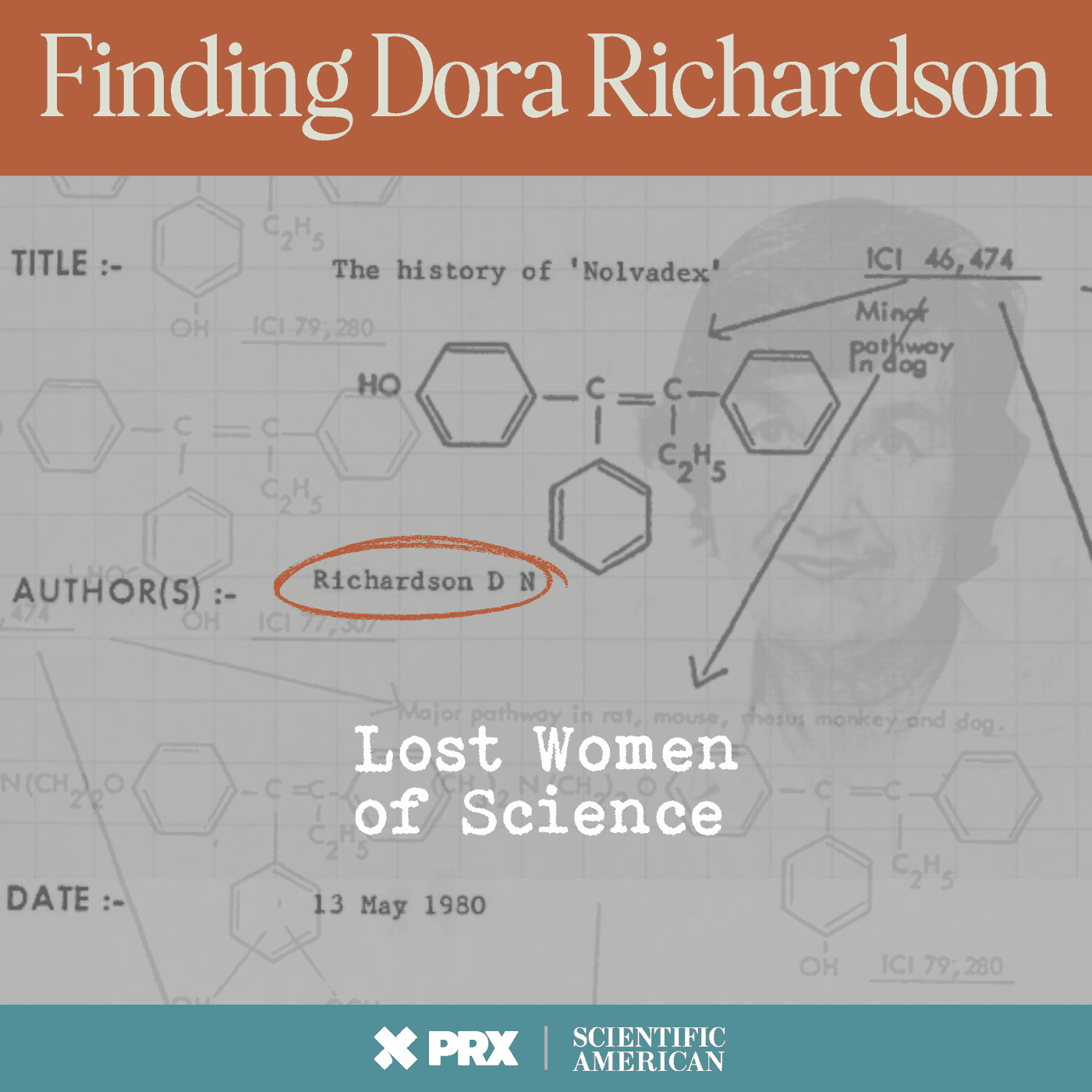





















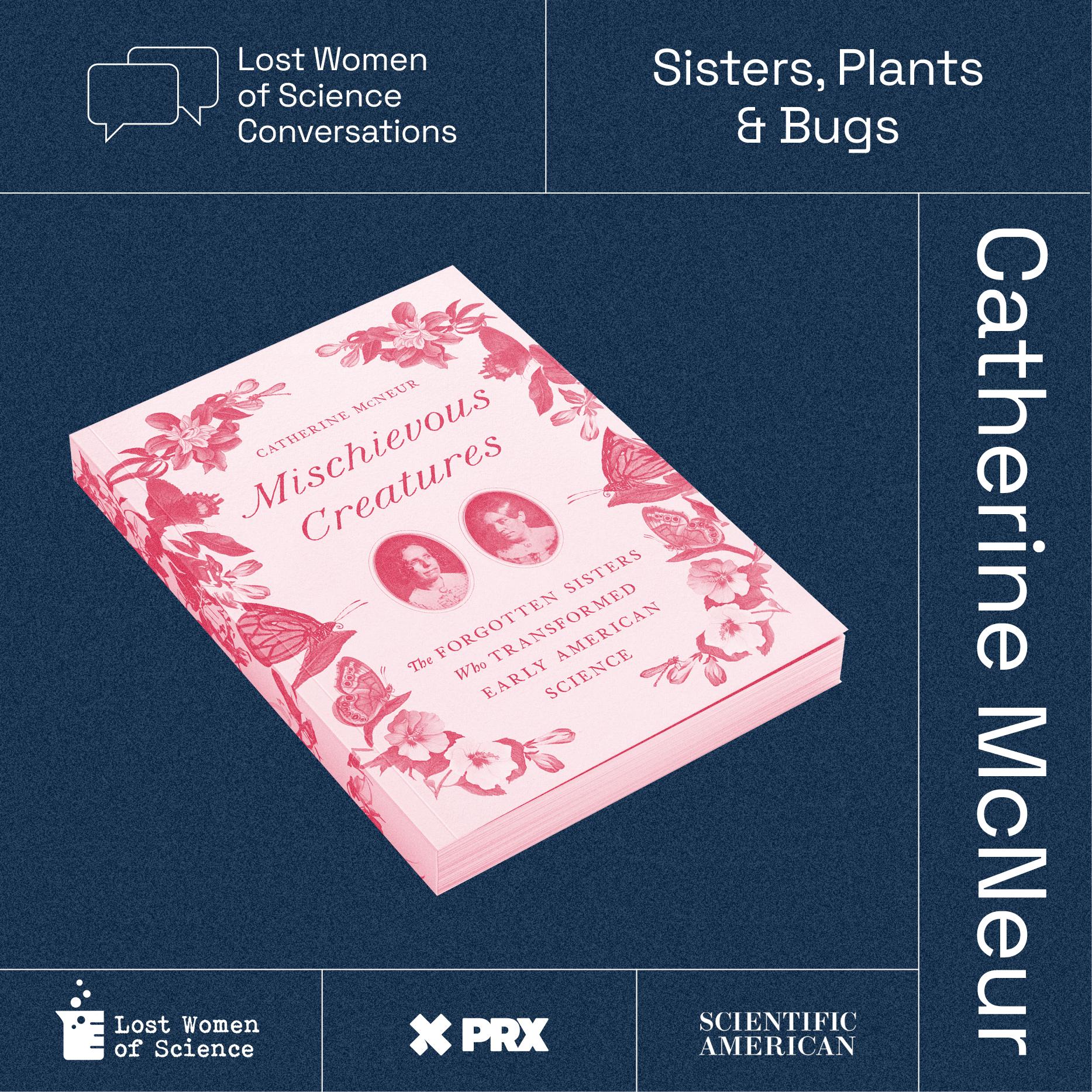























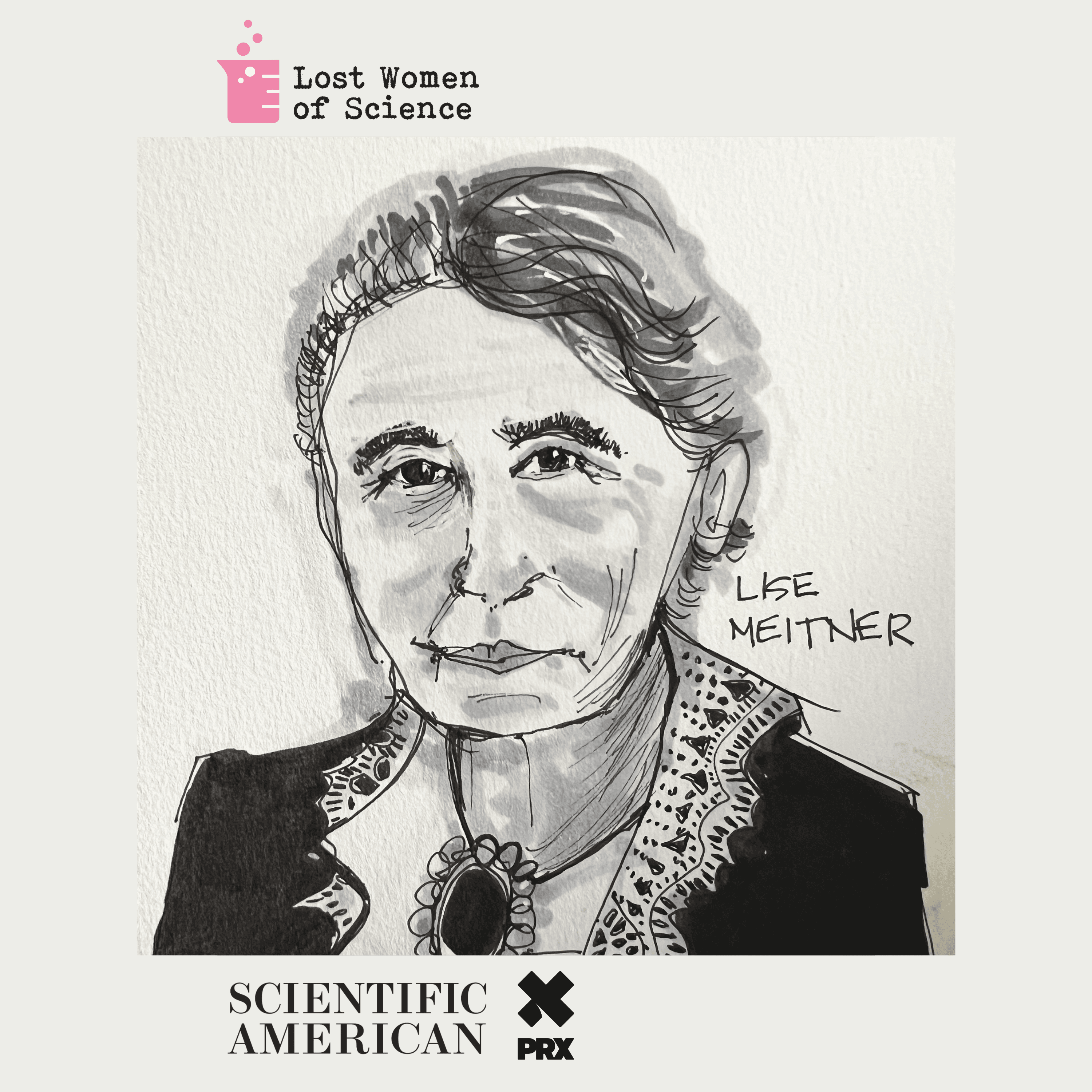




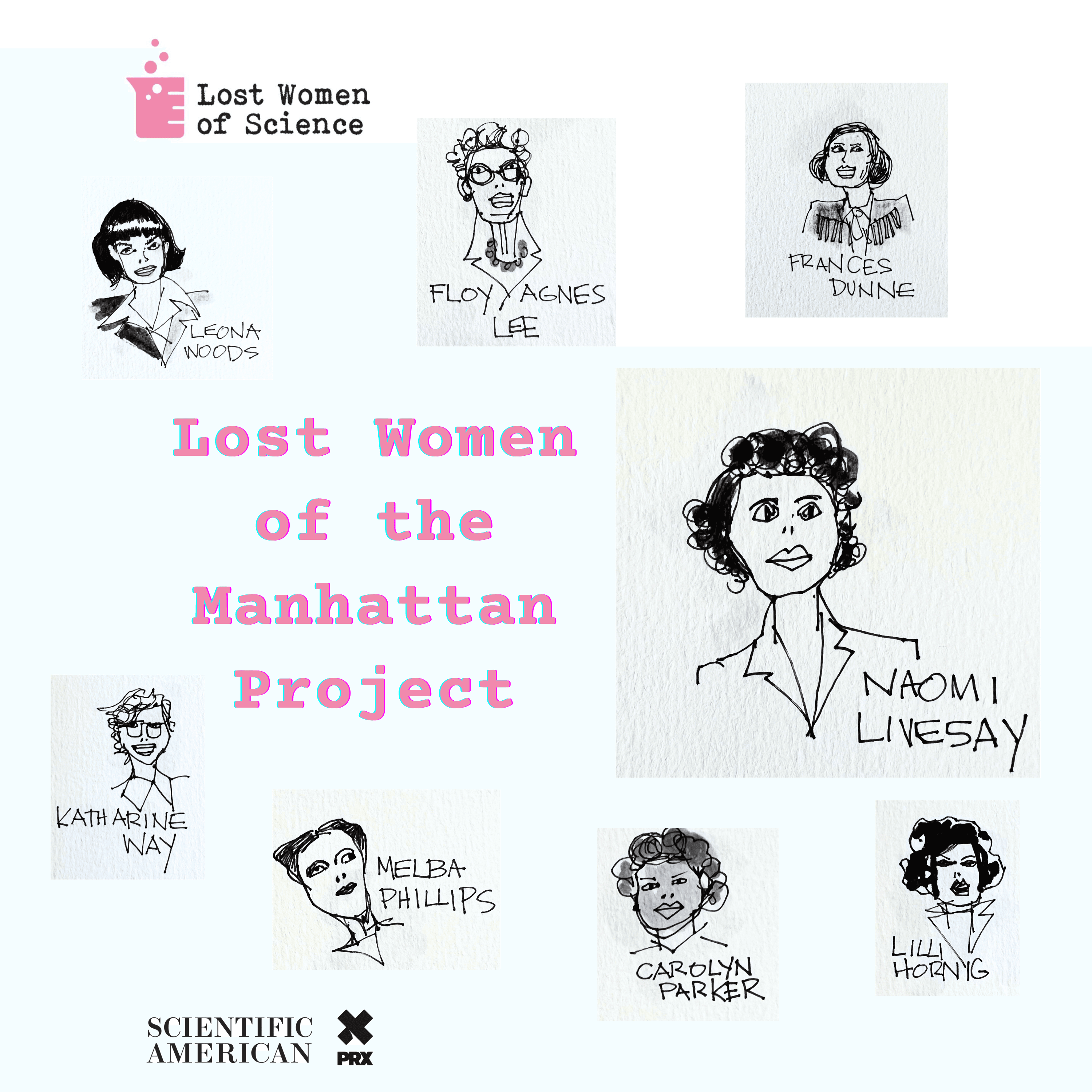




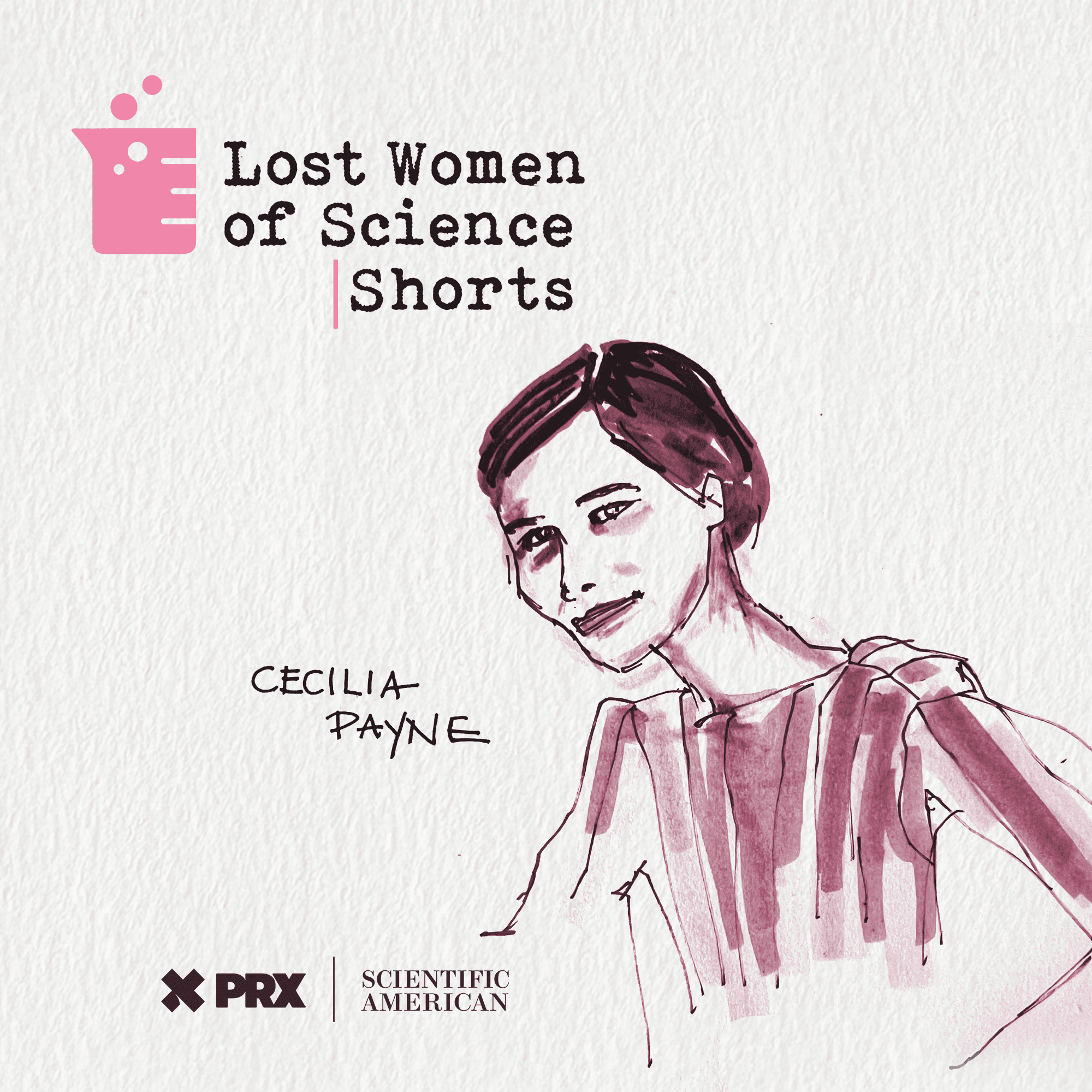


























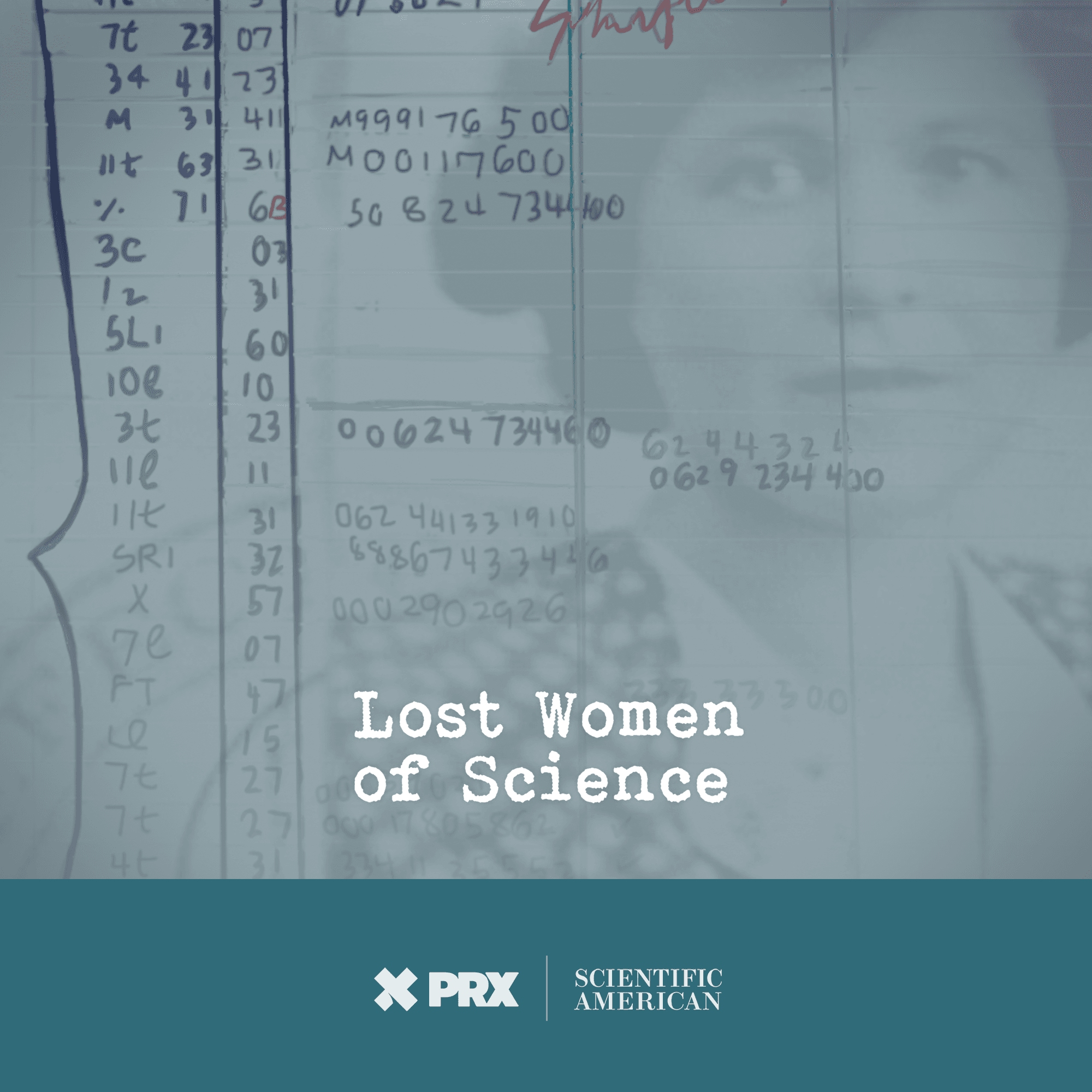
The Devil in the Details - Chapter Two

It’s the early 1960s and the German pharmaceutical market is booming. A sedative called Contergan is one of the bestselling drugs. Contergan’s active ingredient is thalidomide and it is touted as a wonder drug, a non-addictive sedative safer than barbiturates. In the U.S., the drug is called Kevadon, and its distributor is impatient to get the drug on the market. But Dr. Frances Kelsey, a medical examiner at the U.S. Food and Drug Administration, is stalling the approval of Kevadon. She wants more information from the manufacturer to prove it is safe. Meanwhile, doctors in Scotland and Australia are beginning to suspect thalidomide might, in fact, be very toxic. And in Germany, reports are beginning to emerge of a mysterious epidemic of babies born with missing limbs and other serious medical conditions, but doctors have no idea what's causing it.
Learn about your ad choices: dovetail.prx.org/ad-choices